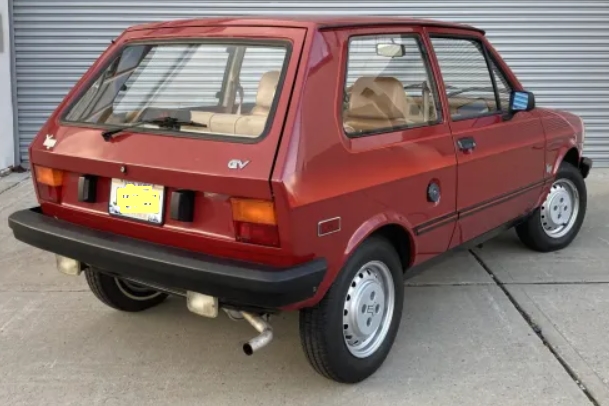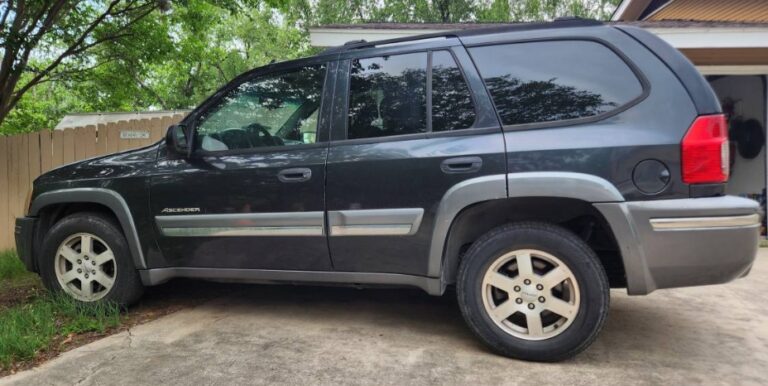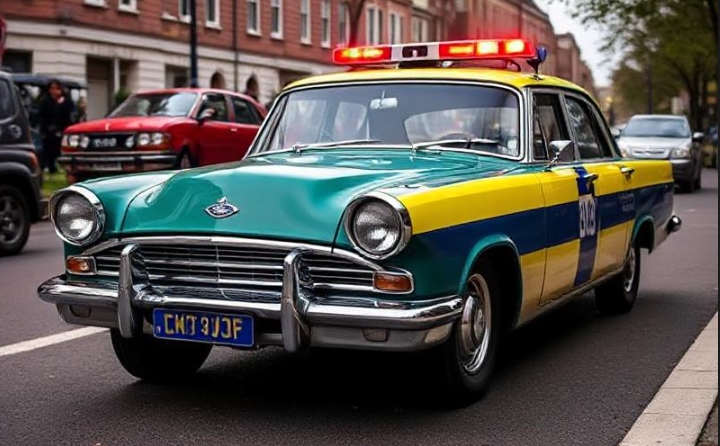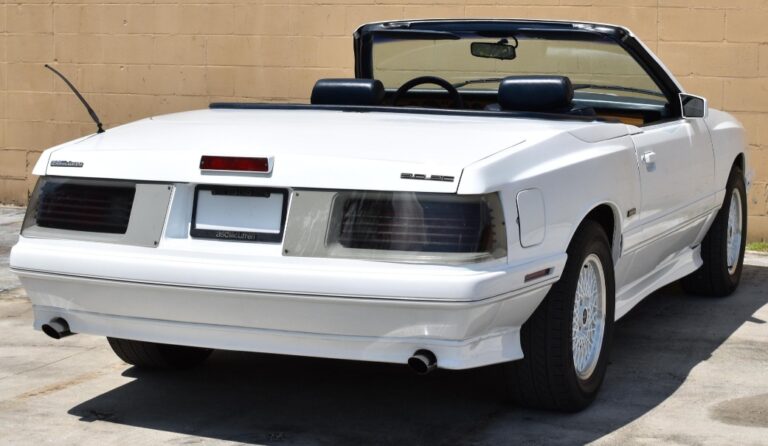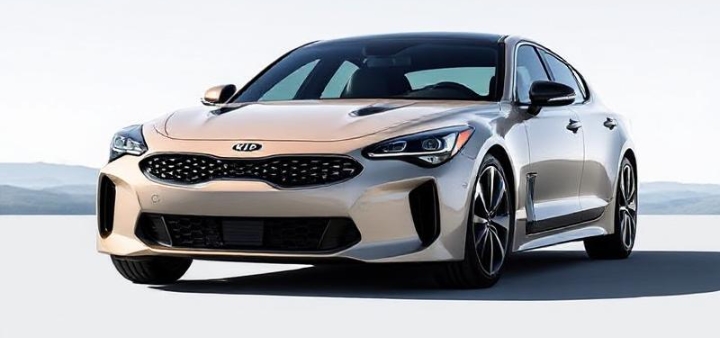The Evolution of the Ford Ranger: A Comprehensive Look at Its History
The Ford Ranger has carved its name into the annals of American automotive history as a staple in the compact pickup truck segment. Since its debut in 1982, the Ranger has established a loyal following thanks to its enduring design, reliability, and versatility. This article explores the evolution of the Ford Ranger, focusing on the various models, trim levels, and significant changes throughout its production history.
First Generation: 1983-1992
The Ford Ranger was launched in 1982 as a successor to the Ford Courier. Designed on the Ford T-Platform, the first-generation Ranger featured a unibody construction and was offered in several configurations.
Key Features:
- Engine Options: The first-generation Ranger came with a choice of engines, including a 2.0-liter I4 engine, a 2.3-liter I4 engine, a 2.9-liter V6, and a 4.0-liter V6 (later models).
- Trim Levels: Initial trim levels included the base model, XL, XLT, and Sport, with the Sport model emphasizing performance aesthetics.
Notable Changes:
- In 1987, Ford introduced a larger cab and a sport version featuring two-tone paint.
- In 1990, the Ranger outline shifted, adopting more aerodynamic styling cues, and in 1991, an extended cab was introduced.
Second Generation: 1993-1997
The second-generation Ranger made its debut in 1993, bringing a more rounded design and a range of technological upgrades. This generation aimed to compete at a higher level in the compact pickup segment.
Key Features:
- Engine Options: Engine offerings expanded to a 2.3-liter I4, a 3.0-liter Vulcan V6, and a 4.0-liter V6.
- Trim Levels: The trim levels included the XL, XLT, and the sporty Splash version, which was offered in both regular and extended cab configurations.
Notable Changes:
- In 1994, Ford introduced an off-road-oriented version called the “Ranger FX4.”
- In 1996, the Ranger introduced safety features like driver-side airbags.
Third Generation: 1998-2011
The third-generation Ranger emerged in 1998 and marked a pivotal moment for the model with significant design and technological advancements.
Key Features:
- Engine Options: Offered a revised 2.5-liter I4, a 3.0-liter V6, and continued the 4.0-liter V6.
- Trim Levels: The third generation saw additional trims, including the Sport, Edge, and the FX4 Off-Road package, which catered to off-road enthusiasts.
Notable Changes:
- In 2001, the rear seating capacity was enhanced with Ford offering usable rear seating in the SuperCab form.
- By 2005, safety features were ramped up with the introduction of passenger-side airbags, and in the same year, Ford also added new exterior colors and limited editions.
.

.
Fourth Generation: 2019-Present
After ending production in 2011, the Ford Ranger underwent a considerable redesign and return to the North American market in 2019. This marked a significant shift with the model being built on Ford’s T6 platform, which was already seen in international markets.
Key Features:
- Engine Options: The new Ranger features a 2.3-liter EcoBoost turbocharged four-cylinder engine delivering impressive performance and fuel efficiency.
- Trim Levels: Available trims for the new Ranger include the XL, XLT, and Lariat, with an off-road variant known as the Ranger Raptor available in some regions.
Notable Changes:
- The 2019 model was reintroduced with modern safety features such as adaptive cruise control, automatic emergency braking, and Ford’s Co-Pilot360 technology.
- In 2021, the Ranger received updates in technology and interior features, solidifying its reputation as a versatile pickup.
2023 Updates:
The Ranger continues to evolve with new models and trims introduced, such as the Ford Ranger Raptor in 2023 featuring enhanced off-road capabilities. Ford has consistently updated engine options for improved performance and fuel economy. It now includes advanced technologies like FordPass Connect, allowing owners to remotely access and control their trucks.
Special Editions and Notable Models
Throughout its history, the Ford Ranger has seen numerous special editions and notable models:
- Ranger Splash (1993-1997): Known for vibrant paint schemes and sporty styling.
- Ranger FX4 (2001-2011): An off-road-focused variant equipped with skid plates, larger tires, and adjustable shocks.
- Ranger Raptor (2023): A high-performance off-road version that includes features like upgraded suspension, a wider stance, and advanced terrain management systems.
Market Positioning
The Ranger’s consistent presence in the compact pickup segment can be attributed to Ford’s ability to adapt to consumer needs. Whether it’s a focus on economy, off-roading, or technology, the Ranger has continually evolved to meet the demands of its target market.
Conclusion
The Ford Ranger has matured over the years from a basic compact pickup to a modern powerhouse, maintaining its reputation for reliability and performance. With each subsequent generation, Ford has incorporated modern trends, consumer preferences, and technical advancements that keep the Ranger relevant and competitive.
As we venture into the next decade, the future looks bright for the Ford Ranger. With more innovations on the horizon and a solid legacy backing it, the Ford Ranger is poised to continue its journey as a beloved pick-up choice for many drivers across the globe. The evolution of the Ford Ranger exemplifies Ford’s commitment to delivering quality vehicles that suit a wide variety of lifestyles and preferences.


